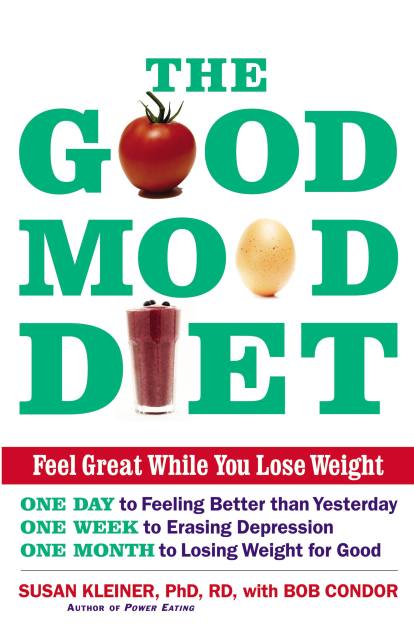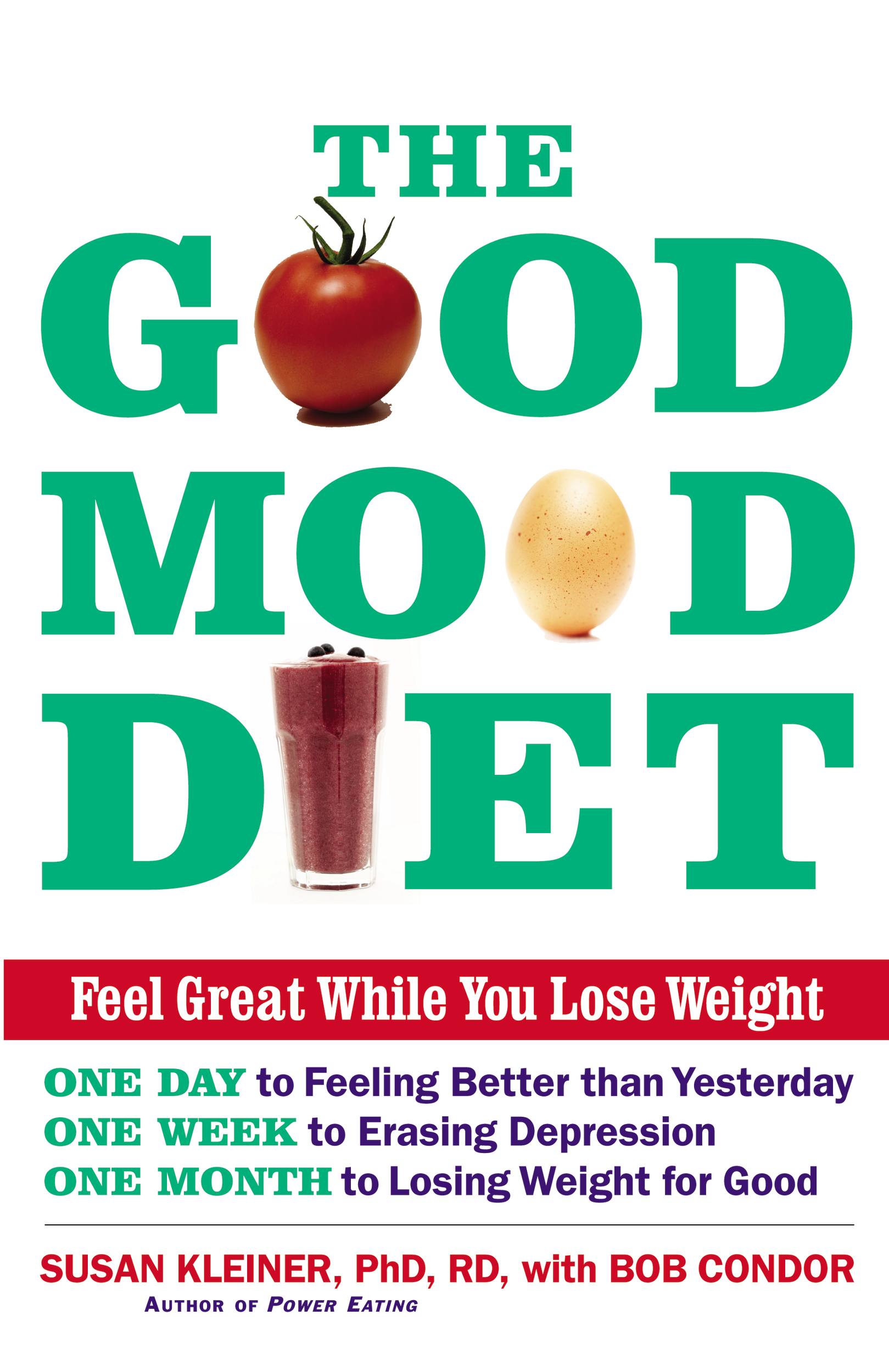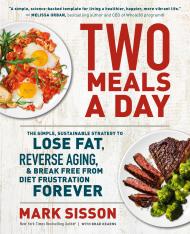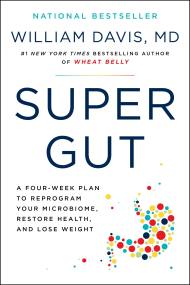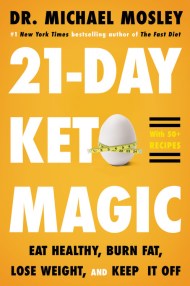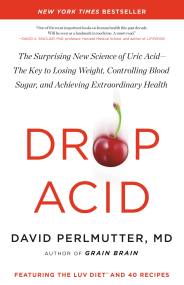Promotion
Use code MOM24 for 20% off site wide + free shipping over $45
The Good Mood Diet
Feel Great While You Lose Weight
Contributors
By Bob Condor
Formats and Prices
Price
$12.99Price
$16.99 CADFormat
Format:
- ebook $12.99 $16.99 CAD
- Hardcover $36.00 $46.00 CAD
This item is a preorder. Your payment method will be charged immediately, and the product is expected to ship on or around February 28, 2009. This date is subject to change due to shipping delays beyond our control.
Also available from:
From a nutritionist and bestselling author of Power Eating and Power Food comes a book guaranteed to help you feel good and lose weight.
Dr. Kleiner is a leading nutrition authority on eating for strength who has put together a diet that has already been successfully tested in a Seattle weight-loss group and documented in a series by the Seattle Post-Intelligencer. This book proves that you can choose healthy foods that both make you feel great and, when eaten according to the plan, help you lose weight.
Most diets cause chemical changes in the brain that make the dieter feel depressed. The typical plan is often too low in calories. In THE GOOD MOOD DIET the participants eat feel-good foods with both ideal timing and ideal combinations— a balance of protein and fats to go with carbohydrates. Eating from a list of “feelgood foods,” including fish, flax seed and eggs, and eliminating “feel-bad foods” including refined sugar, helps dieters feel better and lose weight. However, sweets and alcohol are not taboo—eating a bit of chocolate and drinking a glass of red wine a day is okay once you’re two weeks into the diet..
Dr. Kleiner is a leading nutrition authority on eating for strength who has put together a diet that has already been successfully tested in a Seattle weight-loss group and documented in a series by the Seattle Post-Intelligencer. This book proves that you can choose healthy foods that both make you feel great and, when eaten according to the plan, help you lose weight.
Most diets cause chemical changes in the brain that make the dieter feel depressed. The typical plan is often too low in calories. In THE GOOD MOOD DIET the participants eat feel-good foods with both ideal timing and ideal combinations— a balance of protein and fats to go with carbohydrates. Eating from a list of “feelgood foods,” including fish, flax seed and eggs, and eliminating “feel-bad foods” including refined sugar, helps dieters feel better and lose weight. However, sweets and alcohol are not taboo—eating a bit of chocolate and drinking a glass of red wine a day is okay once you’re two weeks into the diet..
Genre:
- On Sale
- Feb 28, 2009
- Page Count
- 240 pages
- Publisher
- Grand Central Life & Style
- ISBN-13
- 9780446556620
Newsletter Signup
By clicking ‘Sign Up,’ I acknowledge that I have read and agree to Hachette Book Group’s Privacy Policy and Terms of Use
